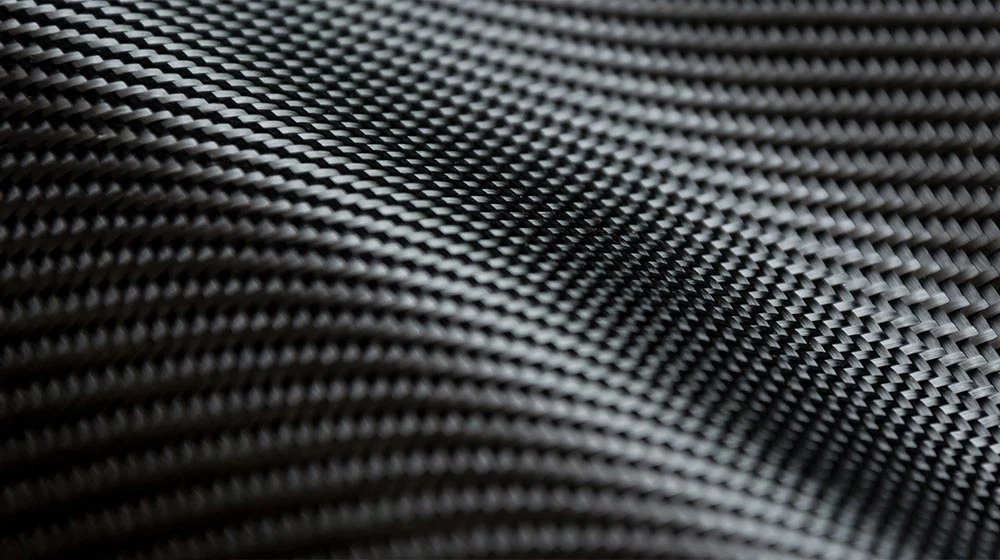
India to Produce Carbon Fibre by 2025-26, Says Textile Minister Giriraj
Regarding export targets for technical textiles, Singh expressed confidence in surpassing the $10 billion target set for 2030.
Giriraj Singh, Union Textiles Minister, expressed confidence that India would produce niche carbon fibre by 2025-26. This carbon fibre, which serves as an alternative to metal in aerospace, civil engineering, and defence, is currently not manufactured in India and is entirely imported from countries such as the US, France, Japan, and Germany. The European Union’s proposed Carbon Border Adjustment Mechanism, which imposes a tax on embedded carbon imports, is expected to be implemented in 2026.
Singh conveyed that he was fully confident that technical textiles would play a significant role in various sectors and that India would also have access to niche carbon fibre by 2025-26.
The minister highlighted that since the Narendra Modi-led government took office, it has managed to “balance imports” in the hygiene sector, noting that India used to import diapers. He credited the production-linked incentive (PLI) scheme, introduced by PM Modi, for generating excitement within the industry.
During a technical textiles event organised by FICCI, Singh mentioned the government’s commitment to developing India’s technical textiles industry. He outlined various initiatives, including the National Technical Textiles Mission and the PLI Scheme for MMF Fabric, MMF Apparel, and Technical Textiles.
Singh reported that under the National Technical Textiles Mission (NTTM), 156 research projects have been approved, including the development of carbon fibres and support for startups in various technical textiles areas. He specifically praised the North India Textile Research Association (NITRA) for its innovation in developing fibres from milkweed for cold-weather applications.
Regarding export targets for technical textiles, Singh expressed confidence in surpassing the $10 billion target set for 2030. He emphasised the potential of Meditech, particularly hygiene products, as a major contributor to achieving this goal. Singh also highlighted Agrotech as a key sector for generating employment and creating opportunities for daily life applications.
The minister expressed confidence in the local industry, government, and stakeholders’ capability to develop High Performance Fibres with extensive applications in fields such as aerospace, automobiles, and construction.




